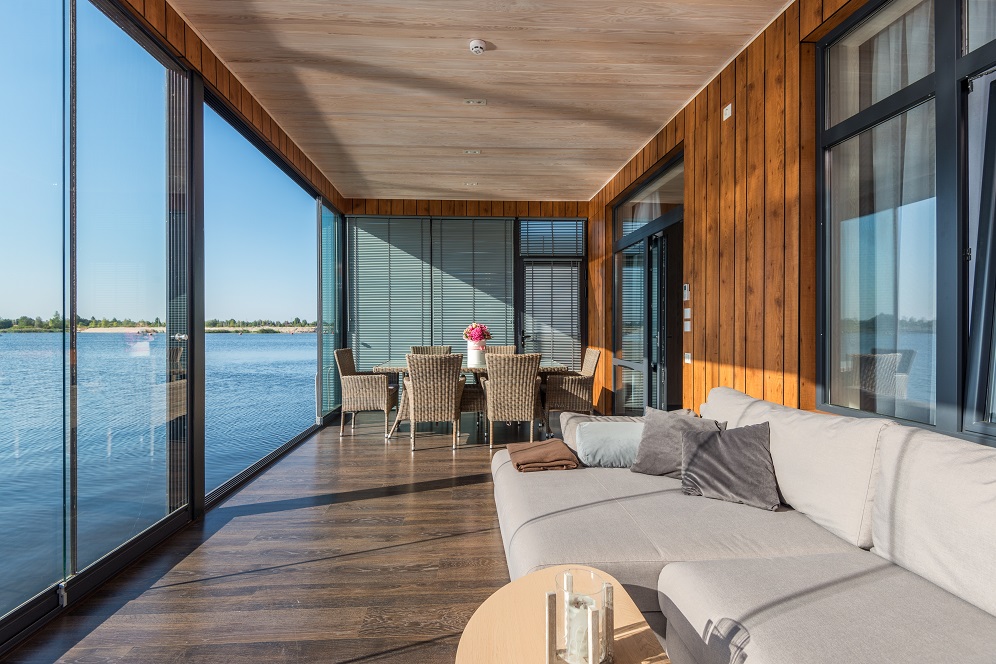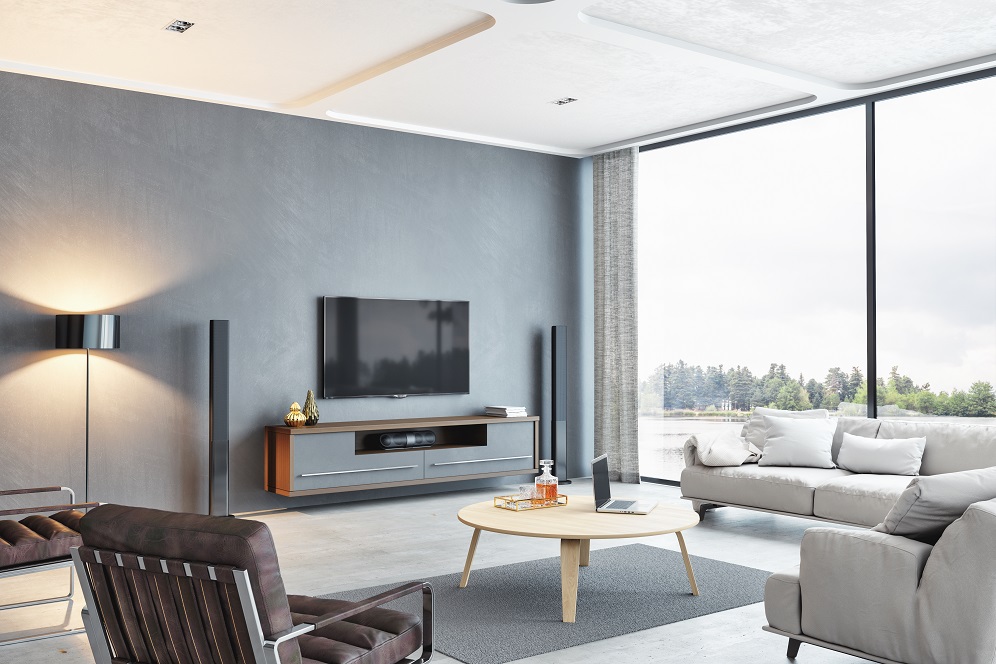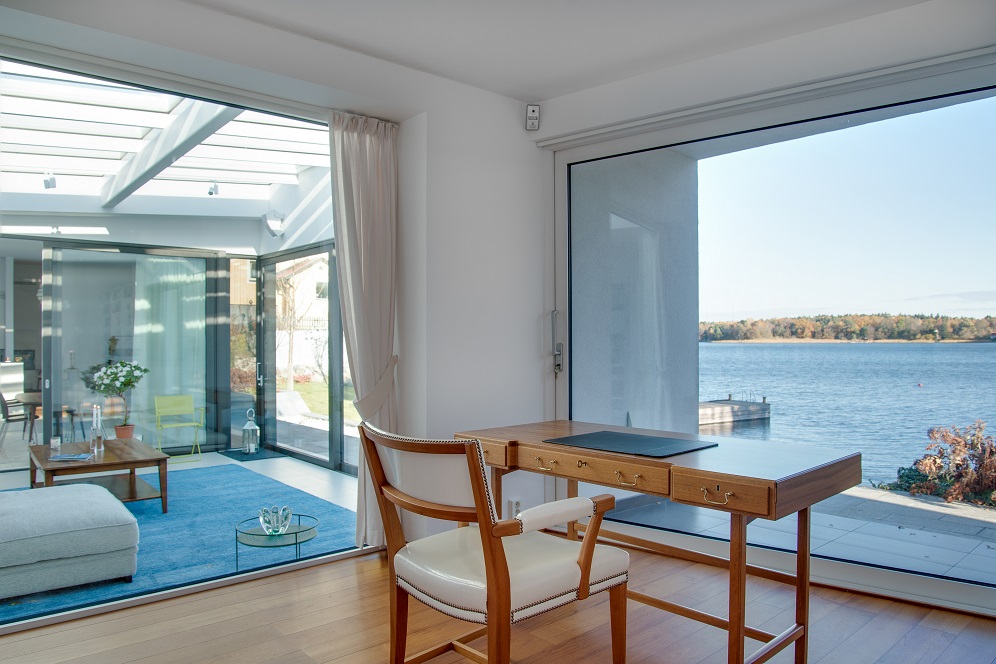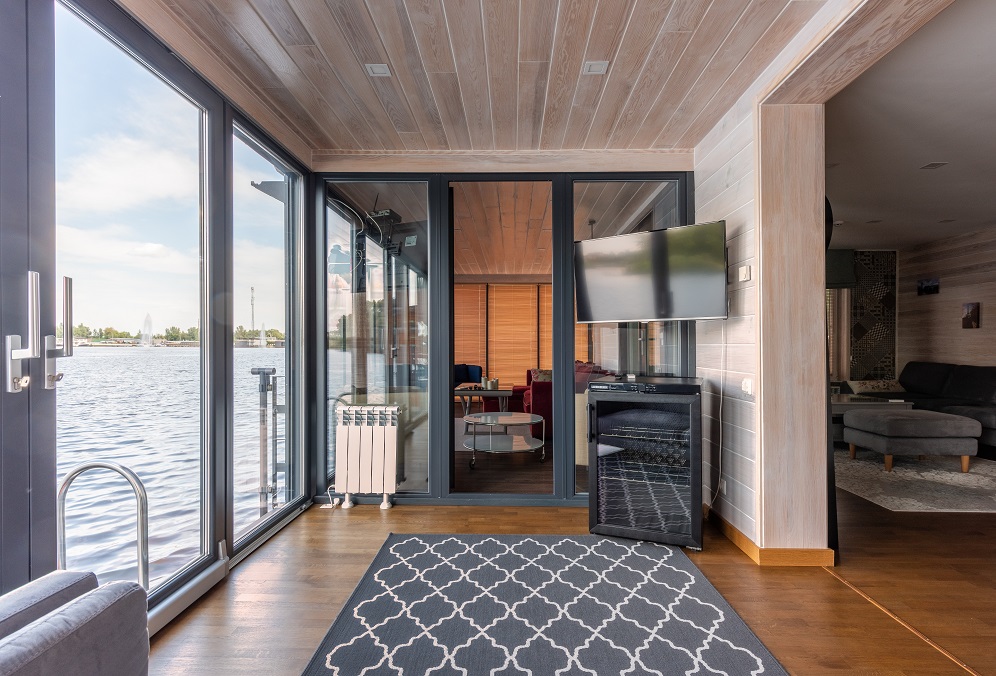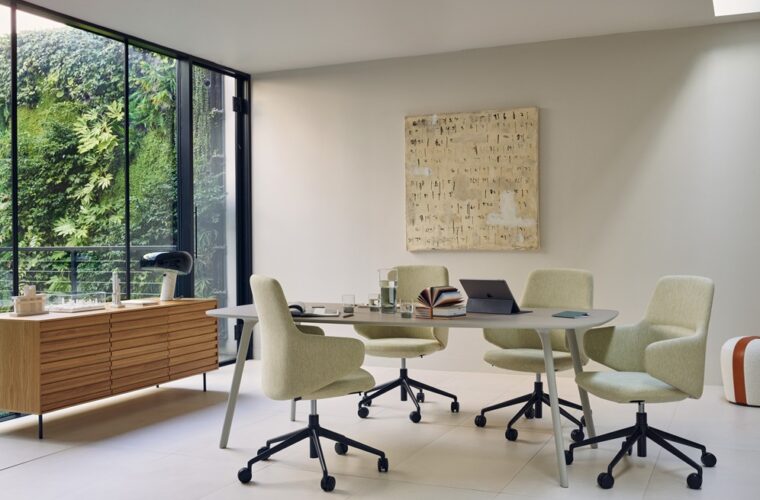Fenestrations for holistic health and wellness
Text: Nitin Mehta, Executive Director, ALCOI
Human beings spend the major part of their day indoors and are surrounded by the built environment, which impacts their quality of life. The human body works alongside nature and is influenced by natural light and ventilation, and needs an integrated approach to health and wellness. Fenestrations become the interface between the built environment and the surroundings, and each plays an individual role to impact their health.
- Light
Fenestrations are designed as a primary source of natural light in natural spaces, which can be regulated to optimise thermal comfort and reduce artificial lighting. Certain fenestration technologies allow optimum natural light inside the building while shielding it from harmful rays, depending on the building’s context, location and typology.
- Source of Vitamin D
As early morning sunlight is a source of Vitamin D, one must enjoy bright morning sunlight to maintain a healthy circadian rhythm. Natural light also maintains a balanced sleep cycle, while ultraviolet rays have anti-bacterial properties to remove germs. Sunlight also regulates the levels of melatonin and serotonin in our bodies, reducing stress and depression.
- Ventilation
Fenestrations optimise the space’s ventilation, as window systems come in different solutions to regulate openings as per need. It also regulates body temperature to achieve a calm and relaxed atmosphere with open windows and well-positioned fenestrations for optimum thermal comfort. Poorly-lit and ill-ventilated spaces cause Sick Building Syndrome, while well-lit and aired-out rooms maintain a habitable environment.
- Views
Fenestrations enhance the space’s experience by offering views of the surroundings while creating a positive interaction between the user and the building. They provide a visual connection with nature while maintaining a distance, allowing architects a reference of the space. They also prevent claustrophobia by bringing the outdoors inside and offering relaxation, while breaking the monotony of the interiors.


